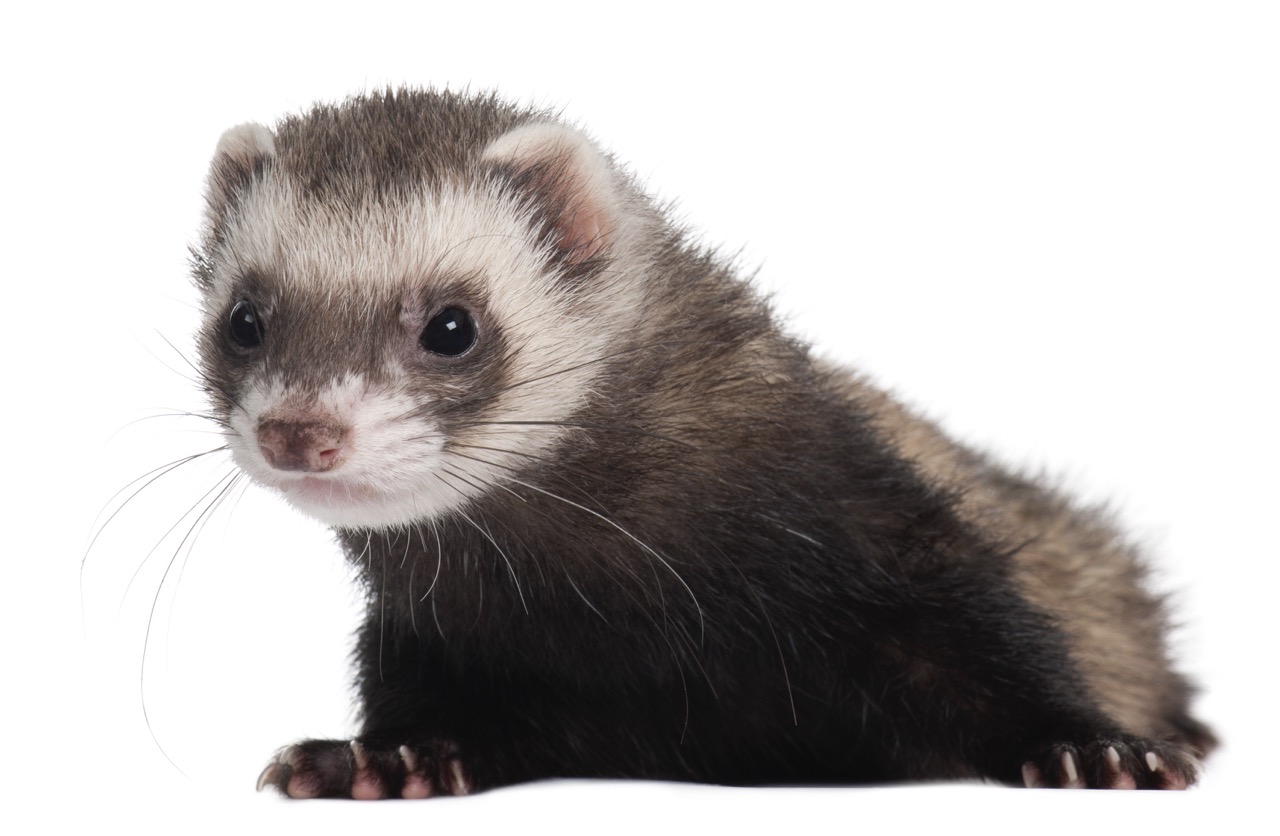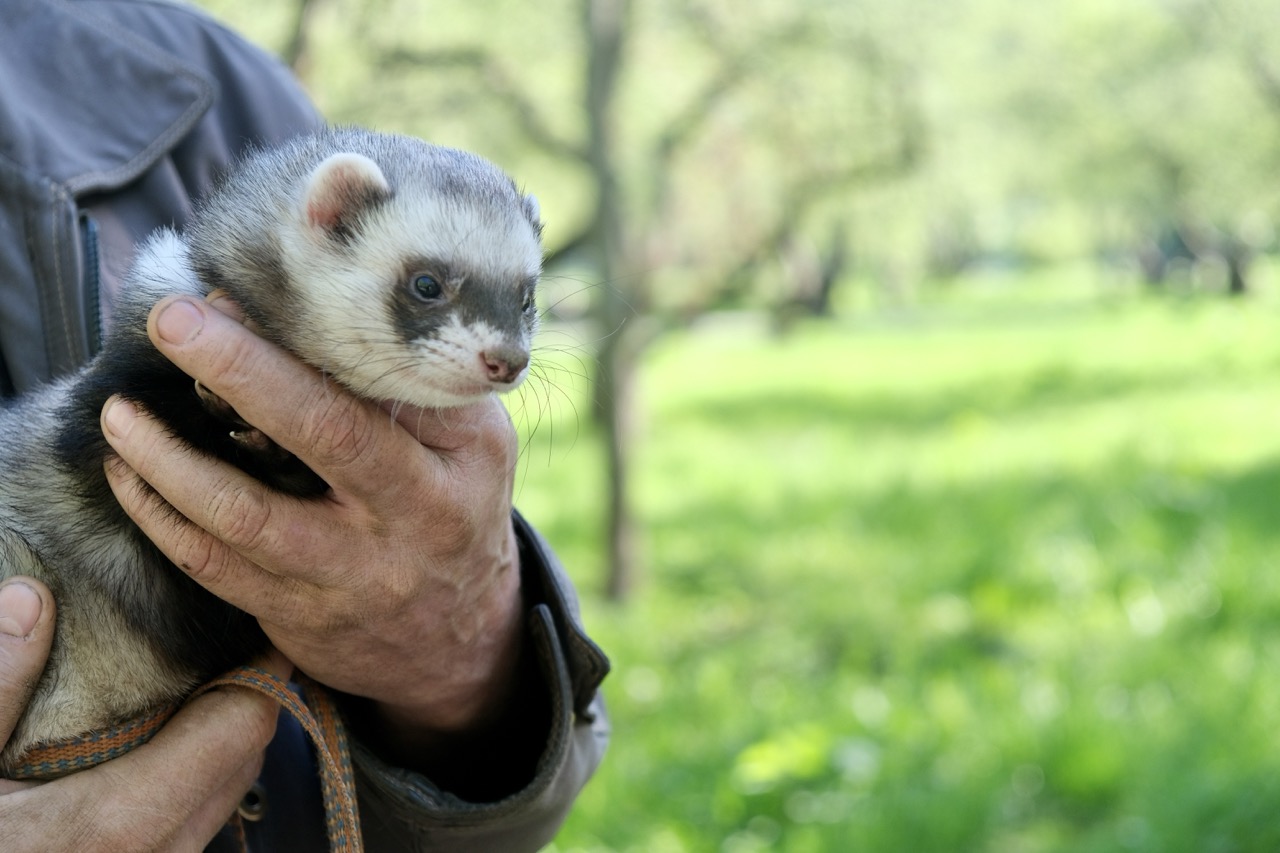The ferret, a small and agile carnivore, has garnered attention as a beloved pet for many households. Understanding the anatomy and function of the ferret circulatory system is crucial for pet owners and enthusiasts alike. This system plays a pivotal role in maintaining their overall health, as it is responsible for the transportation of oxygen, nutrients, hormones, and waste products throughout the body. In this article, we will delve into the intricacies of the ferret circulatory system, examining its anatomy, key components, blood flow pathways, and the implications of circulatory health in ferret care.
Overview of the Ferret Circulatory System Anatomy
The ferret circulatory system, similar to that of other mammals, is a closed system composed of a heart, blood vessels, and blood. The heart, located in the thoracic cavity, is a muscular organ that serves as the central pump for the circulatory system. The ferret’s heart has four chambers: two atria and two ventricles, which work in tandem to circulate blood effectively. The design of the heart enables the separation of oxygen-rich blood from oxygen-poor blood, ensuring efficient oxygen delivery to the body’s tissues.
Blood vessels in ferrets consist of arteries, veins, and capillaries, forming a complex network that facilitates blood flow. Arteries carry oxygenated blood away from the heart to various body parts, while veins return deoxygenated blood back to the heart. Capillaries, the tiniest blood vessels, serve as the sites for nutrient and gas exchange between the blood and tissues. In ferrets, the major arteries include the aorta and pulmonary artery, while the major veins include the superior and inferior vena cavae, which drain blood into the heart.
The composition of the blood itself is equally important. It is primarily made up of red blood cells, white blood cells, plasma, and platelets. Red blood cells, or erythrocytes, are responsible for transporting oxygen from the lungs to the body and carbon dioxide from the body back to the lungs. White blood cells, or leukocytes, play a crucial role in the immune response, while platelets facilitate blood clotting. This unique combination of components ensures that the ferret’s circulatory system operates efficiently and effectively.
Key Components: Heart, Blood Vessels, and Blood Cells
The heart of a ferret is a sophisticated organ that plays a vital role in maintaining the organism’s overall health. It functions through a series of electrical impulses that regulate the heartbeat, allowing the heart to contract and pump blood effectively. The sinoatrial (SA) node serves as the natural pacemaker, sending out signals that initiate each heartbeat. The ferret’s heart rate can vary depending on several factors, including age, activity level, and health status, typically ranging from 180 to 250 beats per minute.
Blood vessels in ferrets are also essential for their circulatory health. The arteries must be elastic enough to withstand the pressure of blood being pumped from the heart, while the veins have thinner walls to facilitate the return of blood. The capillary network is crucial for ensuring that oxygen and nutrients reach all cells of the body, as well as for the removal of metabolic wastes. The integrity and functionality of these blood vessels are vital for maintaining healthy circulation, and any impairment can lead to serious health issues.
The blood cells in a ferret’s circulatory system are integral to its overall homeostasis. Red blood cells, with their distinctive biconcave shape, are uniquely designed to maximize oxygen transport. White blood cells serve different functions, such as fighting off infections and responding to inflammation, while platelets are critical in the clotting process, preventing excessive bleeding when injuries occur. An imbalance in any of these components can lead to various health problems, underscoring the importance of understanding their roles within the circulatory system.
The Pathway of Blood Flow in Ferrets Explained
The pathway of blood flow in ferrets begins with the deoxygenated blood returning from the body through the vena cavae into the right atrium of the heart. From there, the blood passes through the tricuspid valve into the right ventricle, which pumps it through the pulmonary valve into the pulmonary arteries, leading to the lungs. In the lungs, carbon dioxide is exchanged for oxygen during respiration, resulting in oxygenated blood.
Once the blood is oxygenated in the lungs, it returns to the heart via the pulmonary veins into the left atrium. The blood then moves through the mitral valve into the left ventricle. The left ventricle is responsible for pumping this oxygen-rich blood into the aorta, the largest artery in the ferret’s body. From the aorta, blood is distributed through a network of arteries to various tissues and organs, providing them with the necessary oxygen and nutrients.
After delivering oxygen and collecting carbon dioxide and metabolic wastes from the tissues, the now-deoxygenated blood returns to the heart through a network of veins, completing the circulatory loop. This continuous cycle is vital for maintaining the metabolic activities of the ferret and ensuring that all bodily functions operate smoothly. Any disruptions to this pathway can result in significant health issues, reinforcing the importance of a well-functioning circulatory system.
Importance of Circulatory Health in Ferret Care
Maintaining circulatory health is paramount in ferret care, as numerous health conditions can directly impact this system. Ferrets are prone to specific cardiovascular issues, such as cardiomyopathy and heartworm disease, both of which can severely impair their circulatory function. Regular veterinary check-ups, including heart health screenings, are essential for early detection and management of these conditions. Observing signs of circulatory distress, such as lethargy, coughing, or difficulty breathing, can help pet owners act swiftly to address potential problems.
Proper nutrition plays a critical role in ensuring the heart and blood vessels remain healthy. A well-balanced diet that includes adequate vitamins, minerals, and fatty acids can support optimal cardiovascular function. Additionally, maintaining a healthy weight is essential, as obesity can lead to increased strain on the heart and blood vessels, exacerbating potential health issues. Pet owners should also ensure their ferrets have access to regular exercise, which promotes cardiovascular fitness and contributes to overall well-being.
Lastly, stress management is crucial for the circulatory health of ferrets. Stress can elevate heart rates and impact blood pressure, leading to longer-term cardiovascular effects. Creating a comfortable and stable environment, along with gentle social interaction, can help mitigate stress in ferrets. By prioritizing circulatory health through regular veterinary care, proper nutrition, exercise, and stress management, ferret owners can significantly enhance their pets’ quality of life and longevity.
In summary, the ferret circulatory system is a complex yet fascinating network that plays an essential role in the health and vitality of these small mammals. By understanding the anatomy and functioning of the circulatory system, along with the importance of maintaining cardiovascular health, pet owners can ensure their ferrets lead happy and healthy lives. Regular veterinary care, proper nutrition, and a stress-free environment will help safeguard their circulatory health, promoting a longer and healthier life for these delightful companions.









